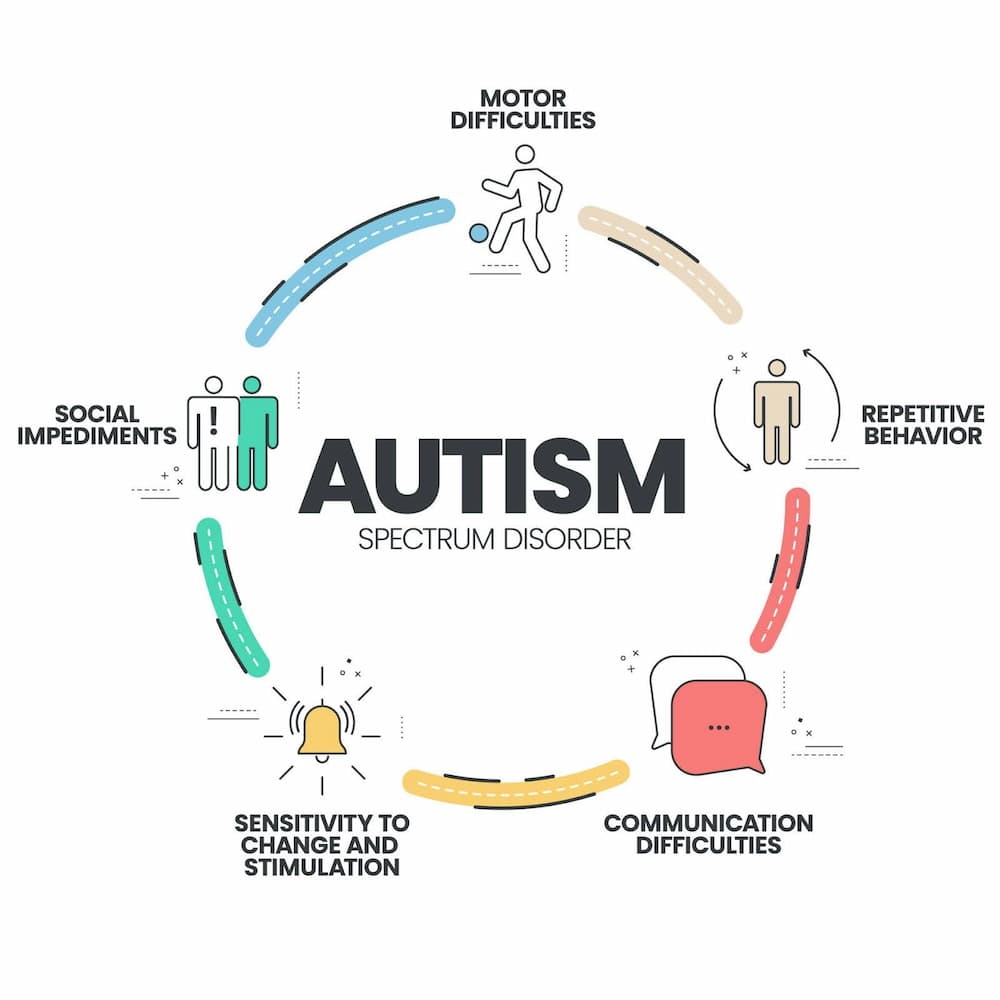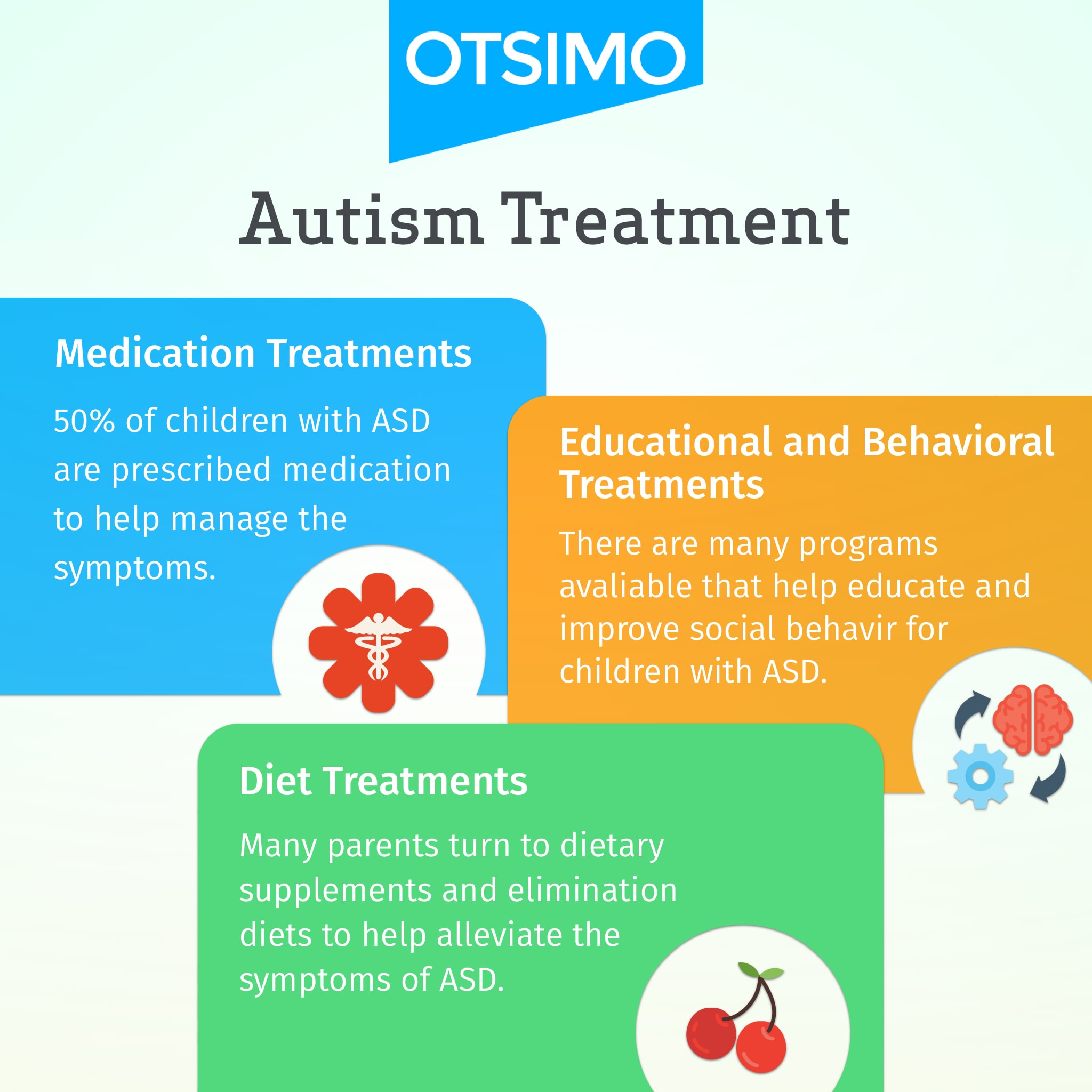From meltdowns to breakthroughs using Autism Behavioral Therapy tools
From meltdowns to breakthroughs using Autism Behavioral Therapy tools
Blog Article
Recognizing the Effect of Behavioral Autism on Day-to-day Live and Social Interactions
You may not understand exactly how deeply behavioral autism affects day-to-day live and social interactions. People on the spectrum usually browse a world loaded with interaction obstacles and sensory overload. These challenges can bring about irritation and isolation, influencing their relationships and overall wellness. Comprehending these subtleties is vital for fostering supportive atmospheres. What methods can we carry out to produce more comprehensive rooms and significant links? The responses might surprise you.
Defining Behavioral Autism and Its Attributes
Behavior autism, commonly described as autism range disorder (ASD), encompasses a variety of problems defined by obstacles in social communication, interaction, and repetitive habits. You might observe that individuals with ASD usually battle to interpret social signs, which can lead to misunderstandings in discussions. They may discover it hard to establish eye get in touch with or participate in little talk, making social situations really feel frustrating.
Interaction difficulties can manifest in different means, from postponed speech growth to a choice for utilizing fewer words. Repetitive actions, such as hand-flapping or rocking, can act as coping systems to manage stress and anxiety or sensory overload. These attributes can profoundly influence every day life, making it vital for you to understand and sustain those with ASD. By identifying these characteristics, you can cultivate an atmosphere that advertises acceptance and motivates efficient communication, aiding individuals with autism grow in their daily communications.
The Range of Autism: Comprehending Irregularity in Actions
Autism spectrum problem (ASD) isn't a one-size-fits-all diagnosis; it differs widely among individuals. You may run into people who are very spoken and involve quickly in conversations, while others could favor singular activities or interact non-verbally.
Furthermore, the means individuals with ASD respond to sensory input can differ considerably; some might be overwhelmed by brilliant lights or loud noises, whereas others thrive in stimulating environments. The range also includes differences in social communications; some individuals might struggle to translate social cues, while others navigate social setups with family member ease. Recognizing this irregularity is necessary, as it aids you appreciate everyone's one-of-a-kind experience and dressmaker support to their specific demands, promoting a much more inclusive atmosphere for every person.
Communication Obstacles Faced by Individuals With Autism
When you engage with people on the autism range, you may notice their special communication difficulties. They commonly face difficulties with both nonverbal and verbal cues, which can impact their social communications. Recognizing these obstacles is crucial for fostering far better connections and support.

Verbal Interaction Difficulties
Many individuals on the autism range experience verbal interaction difficulties that can considerably affect their everyday communications. Your tone, quantity, or rate might not straighten with social expectations, creating others to misinterpret your objectives. Acknowledging these obstacles can assist you and your assistance network develop techniques to enhance communication and foster far better links with others in your day-to-day life.
Nonverbal Interaction Obstacles
Verbal interaction isn't the only difficulty individuals on the autism spectrum face; nonverbal interaction obstacles can be equally as considerable. You may locate it hard to interpret body language, faces, and eye call, which are essential for efficient interaction. These obstacles can result in misconceptions or misinterpretations of social signs, making communications feel complicated or frustrating. You may battle to reveal your very own emotions through nonverbal means, leaving others not sure of your sensations or objectives. This detach can create sensations of isolation and disappointment. Recognizing these barriers is essential for promoting understanding and compassion in your interactions. By resolving nonverbal interaction, you can discover approaches to boost your social experiences and boost your general lifestyle.
Social Interaction Influences
Social interactions can usually really feel overwhelming due to the one-of-a-kind communication challenges encountered by people with autism. You might battle with interpreting social cues, making it difficult to comprehend mockery or body movement. This can lead to misunderstandings or uncomfortable minutes in discussions. Furthermore, launching and preserving conversations may feel difficult, causing anxiety in social situations. You may choose organized settings, making spontaneous communications uncomfortable. It's additionally common to experience trouble in taking part in small look at this now talk, which can hinder developing brand-new friendships. Identifying these difficulties can assist you find approaches to boost interaction, such as exercising social abilities in secure setups or using aesthetic aids - Aba Therapist. Comprehending your needs allows you to navigate social communications with higher self-confidence and ease.
Social Interaction and Connection Building in Autism
While structure relationships can be challenging for individuals with autism, comprehending their one-of-a-kind perspectives and communication styles can promote purposeful connections. You may see that many people on the range favor straight communication and may battle with social hints or tiny talk. By being uncomplicated in your interactions, you can help create a setting where they really feel comfortable.
Involving in shared rate of interests can additionally serve as a bridge to much deeper connections. Whether it's a pastime, a favorite program, or a mutual interest, these usual threads can open up doors to friendship.
Every Day Life Routine: Navigating Strategies and obstacles
Navigating daily life routines can be especially testing for individuals with autism, especially when unanticipated adjustments take place. You might locate convenience in having an organized timetable, as it aids you anticipate what's next. When interruptions happen, it's normal to feel overloaded or distressed. To navigate these difficulties, consider applying aesthetic timetables or checklists. These tools can provide quality and reassurance.
Developing a regimen that includes sensory breaks can additionally be useful. This assists develop an understanding atmosphere.
Finally, technique mindfulness methods to take care of stress and anxiety and anxiety. Easy breathing exercises or basing methods can make a significant distinction. By incorporating these strategies, you can boost your everyday regimen and minimize disruptions, making life feel extra convenient.
Strengths and Capacities of Individuals on the Autism Range
Comprehending daily life regimens is just one facet of the autism experience. Lots of people on the autism spectrum have exceptional staminas and abilities that establish them apart. You could locate that your interest to information is remarkable, enabling you to excel in jobs that require accuracy and emphasis. Your ability to believe outside the box can lead to cutting-edge remedies in different scenarios.
Furthermore, your memory abilities frequently shine, specifically in areas of rate of interest. Autism Spectrum Therapies. This propensity for maintaining details can make you an important source in areas like scientific research, art, or modern technology. You may likewise exhibit solid visual thinking, enabling you to picture intricate principles and fix problems artistically
Furthermore, your distinct viewpoint on the globe can promote compassion and understanding in others, enhancing social communications. Accepting these toughness not just boosts your confidence but also helps others appreciate the varied talents you offer the table.
Creating Comprehensive Settings for Individuals With Autism
Creating inclusive settings dig this for individuals with autism begins with making sensory-friendly rooms that satisfy their special requirements. You can also cultivate opportunities for social interaction, aiding to develop relationships and links. By making these changes, you'll add to a much more inviting ambience for every person.
Creating Sensory-Friendly Spaces
While creating sensory-friendly rooms, it's vital to show on the special requirements of people with autism. Include silent areas where people can pull away and recharge when overwhelmed. Consist of visual routines or clear signs to help people browse the room with confidence.
Advertising Social Interaction Opportunities
Designing sensory-friendly areas not only addresses individual reference convenience however likewise establishes the phase for purposeful social communications among individuals with autism. Motivate peer mentoring, combining individuals with autism with supportive peers that can guide them with social circumstances. By implementing these strategies, you can enhance social possibilities, helping people with autism develop friendships and reinforce their social skills in a safe, inviting atmosphere.

Frequently Asked Concerns
Just How Can Buddies Assistance Somebody With Behavioral Autism?
You can sustain a buddy with behavioral autism by holding your horses, listening actively, and respecting their limits. Participate in tasks they enjoy, connect freely, and create a comfortable setting where they feel valued and recognized.
What Resources Are Readily Available for Moms And Dads of Children With Autism?
You can check out different resources for moms and dads of youngsters with autism, consisting of support groups, educational web sites, and regional social work. Getting in touch with other moms and dads can additionally provide valuable understandings and shared experiences to aid navigate challenges.
Can Behavioral Autism Change Gradually?

Yes, behavior autism can transform in time. You might observe shifts in communication, social skills, and behavior as your kid grows. Early treatment and support frequently play essential roles in these developing modifications.
How Do Sensory Sensitivities Impact Every Day Life?
Sensory level of sensitivities can make daily experiences frustrating. You could struggle with intense lights or loud sounds, resulting in anxiety or avoidance. Discovering environments that suit your needs can considerably boost your comfort and total every day life.
What Are Usual Misconceptions Regarding Behavioral Autism?
You could assume behavior autism just influences communication skills, however it's even more complicated. Lots of think individuals do not have compassion or intelligence, which isn't true. Recognizing these false impressions helps foster acceptance and support for those on the spectrum.
Behavior autism, usually referred to as autism spectrum condition (ASD), incorporates an array of problems identified by difficulties in social interaction, interaction, and repeated actions.Social communications can often really feel overwhelming due to the distinct interaction difficulties encountered by people with autism.Creating sensory-friendly rooms not only addresses private comfort yet likewise establishes the phase for meaningful social communications amongst individuals with autism. Motivate peer mentoring, matching individuals with autism with supportive peers that can guide them with social scenarios. By applying these techniques, you can enhance social possibilities, aiding people with autism construct friendships and reinforce their social skills in a risk-free, inviting setting.
Report this page